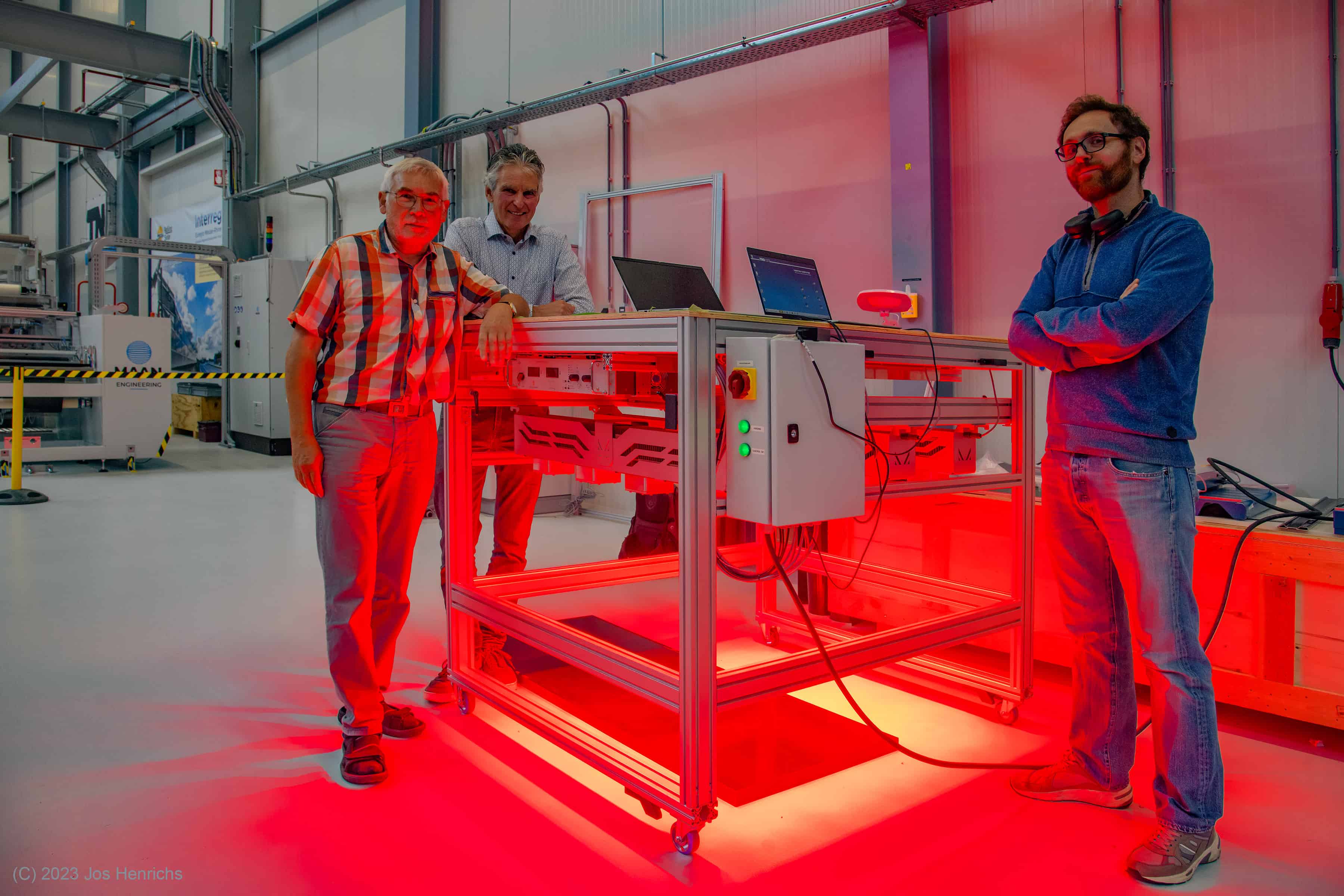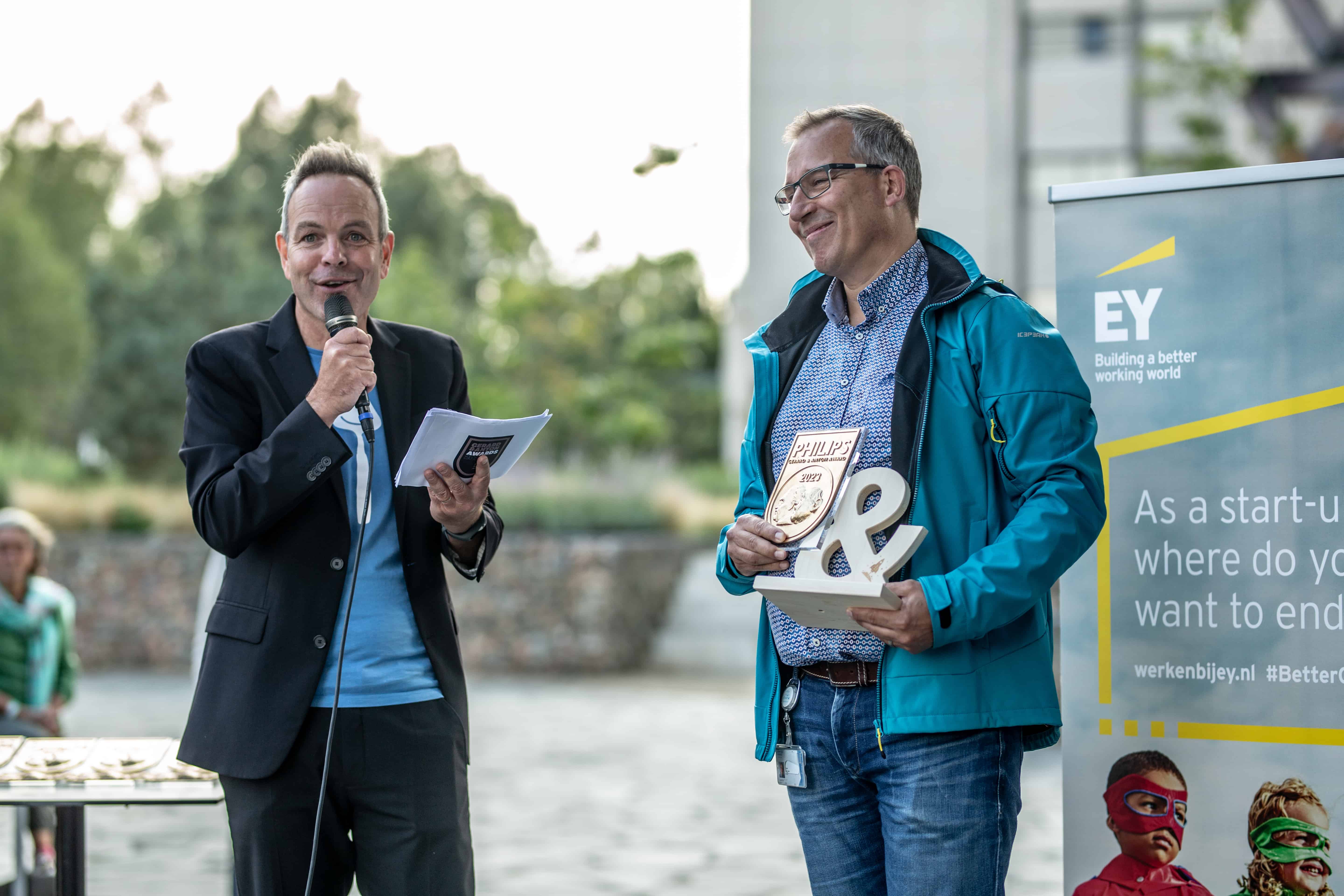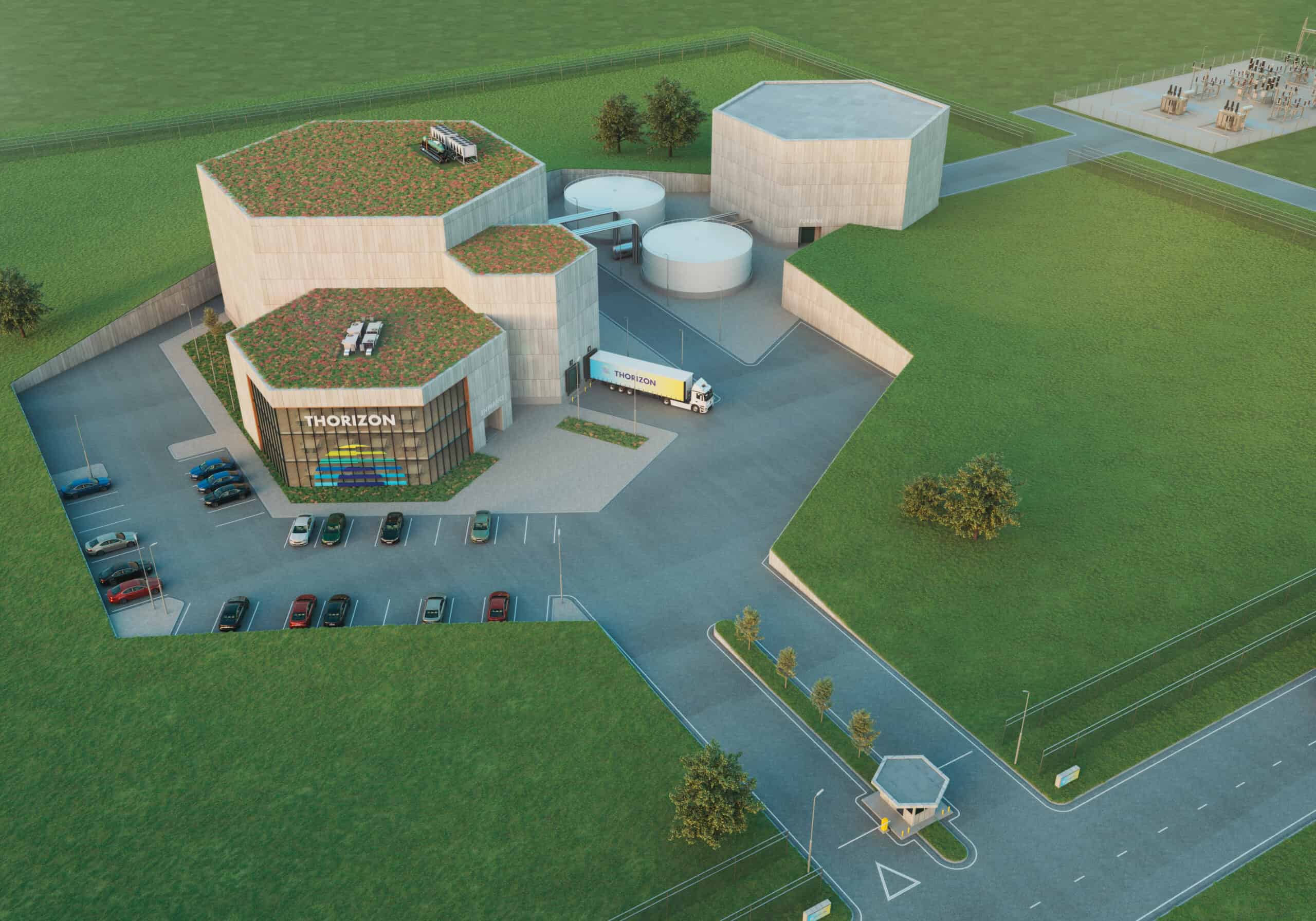
French company Dracula Technologies has unveiled what is set to be Europe’s largest organic photovoltaic (OPV) factory. Using innovative inkjet printing technology, the factory is geared to produce up to 150 million cm² of OPV devices annually, serving high-volume Internet of Things (IoT) customers. The cutting-edge OPV module, LAYER®, can harvest energy from indoor light, promising to transform power consumption in the IoT industry. This revolutionary initiative aligns with European regulations to phase out non-rechargeable batteries in IoT devices.
- Dracula Technologies opened Europe’s largest organic photovoltaic factory, producing 150 million cm2 of OPV devices annually.
- The factory uses inkjet printing to make LAYER® modules that harvest energy from indoor light to power IoT devices.
- The factory aligns with regulations to phase out batteries in IoT, creating jobs and reducing Europe’s battery imports.
Unpacking OPV technology
Before delving into Dracula Technologies’ groundbreaking work, it’s crucial to grasp the basics of Organic Photovoltaics (OPV). OPVs use organic semiconductors, such as polymers or small molecules, to absorb light and generate electricity. These semiconductors have a unique property known as a band gap that allows visible light to excite an electron from a high-energy state to a lower one. This transition generates a current, effectively transforming sunlight into electricity.
Despite their lower efficiencies compared to inorganic counterparts, OPVs offer several advantages. They are affordable, possess low material toxicity, and their manufacture has a smaller environmental footprint. Furthermore, this technology has achieved efficiencies of over 19 percent, rivaling traditional silicon solar cells.
The LAYER® revolution
Dracula Technologies has harnessed the power of OPVs to create LAYER®. This free-shaped OPV module, produced using inkjet printing, can generate energy from ambient light. This capability makes it particularly suited to IoT devices, which can be charged using indoor lighting, eliminating the need for cables and batteries. LAYER® also supports small and variable-shaped objects, making it a versatile solution for various IoT applications.
By leveraging inkjet printing technology, Dracula Technologies has been able to reduce the unit production costs of their OPV devices by a factor of three. This cost-effectiveness, combined with the module’s eco-friendly nature, puts LAYER® in a strong position in the photovoltaic market.

Aligning with European regulations
The opening of this factory coincides with the European regulations to phase out non-rechargeable batteries in IoT devices. This move is anticipated to create a surge in demand for Dracula Technologies’ products. By providing a sustainable and cost-effective power source, the company is positioned to address the challenges of limited battery life and excessive power consumption in the IoT industry.
Dracula Technologies, a leader in sustainable power sources, has received a significant boost with €5 million funding from the French State. Starting from early 2024, the company plans to supply high-volume IoT customers. This factory is not only a leap towards greener energy solutions but also a significant step in fostering economic growth. It’s expected to create employment opportunities and reduce the need to import batteries from outside of Europe.








